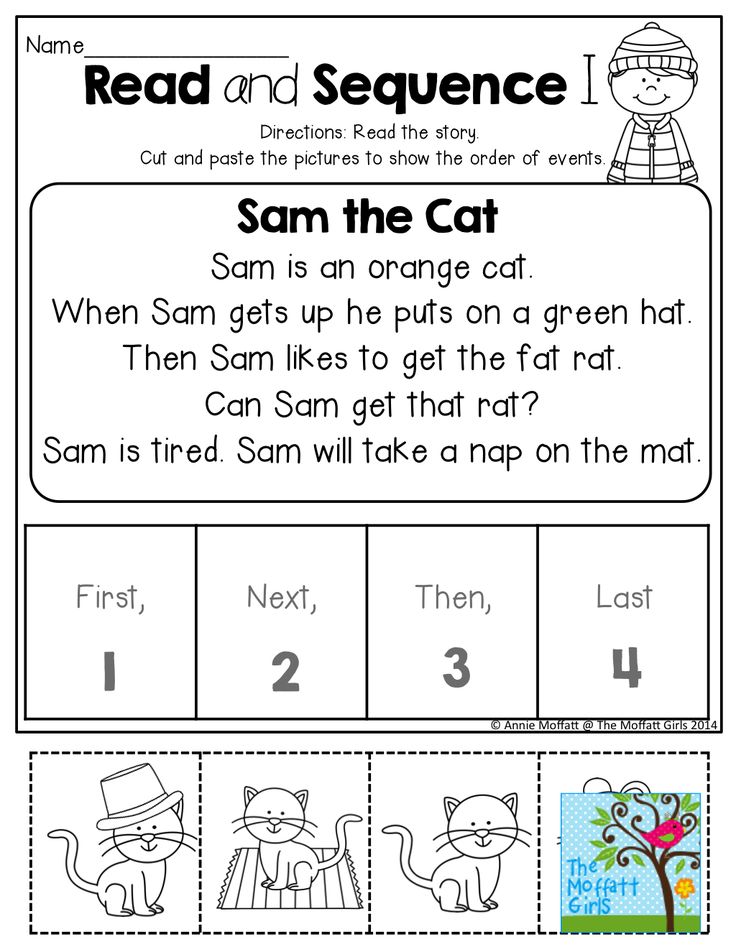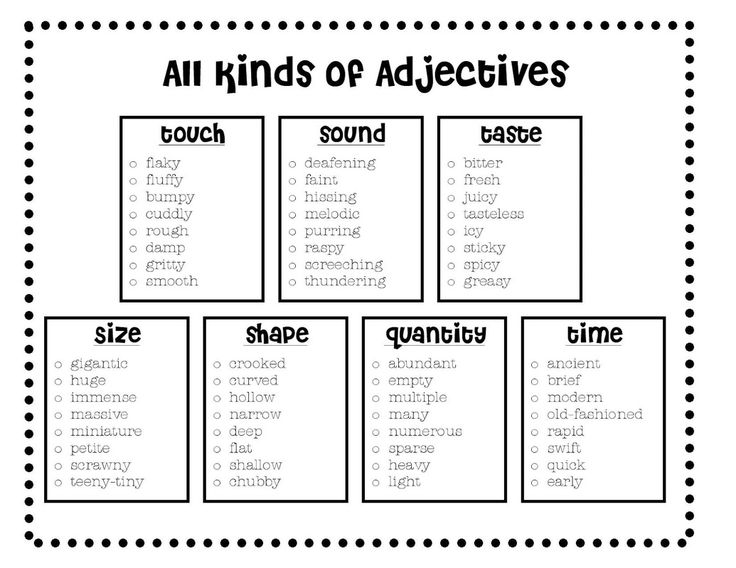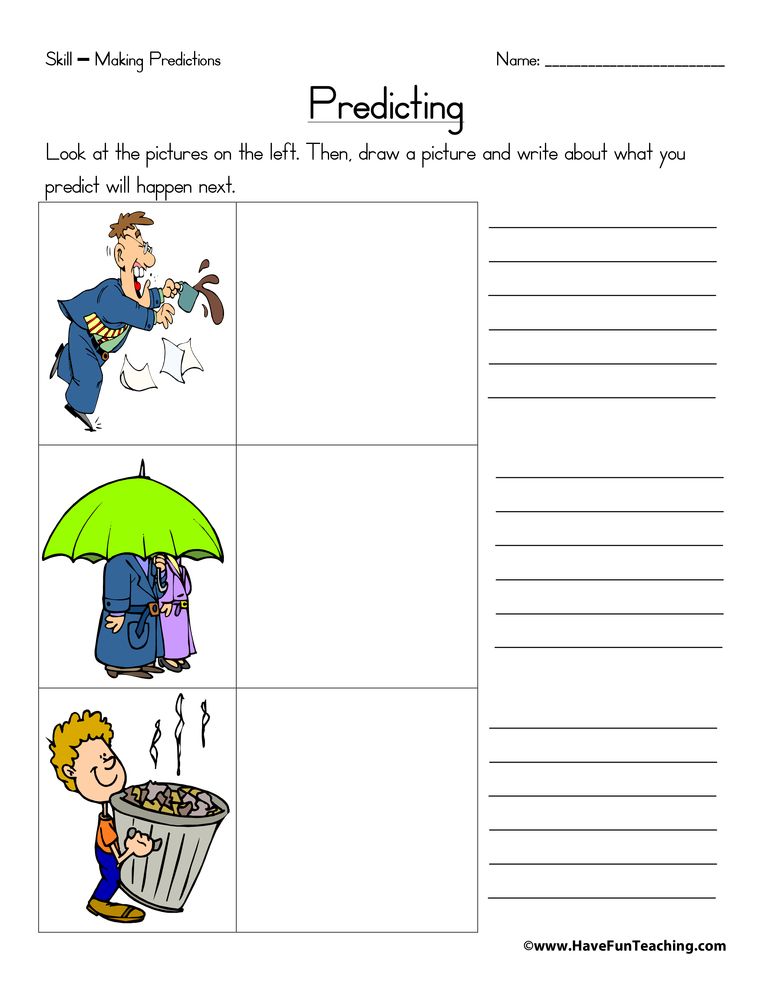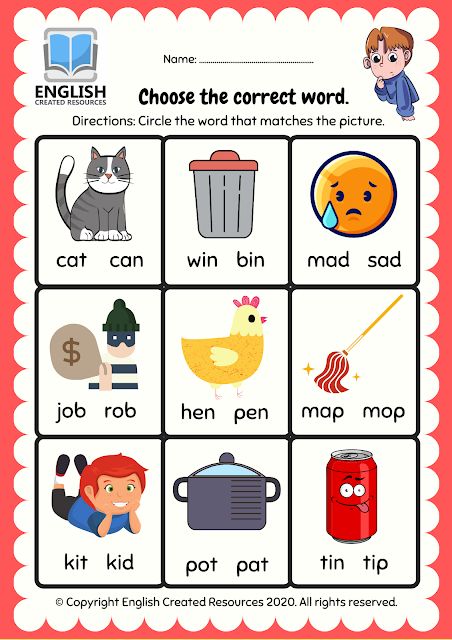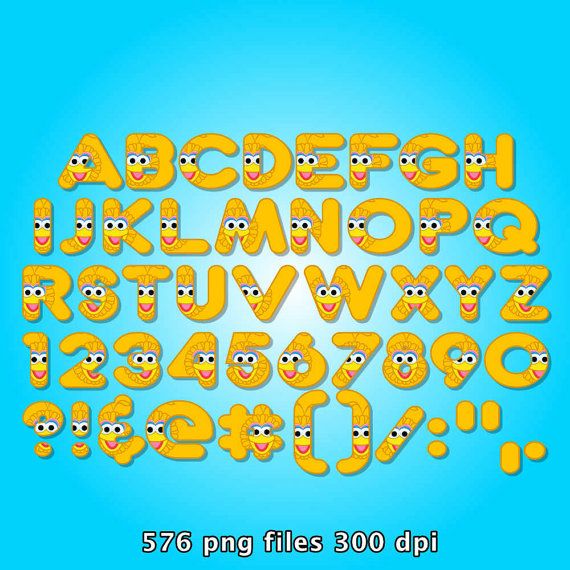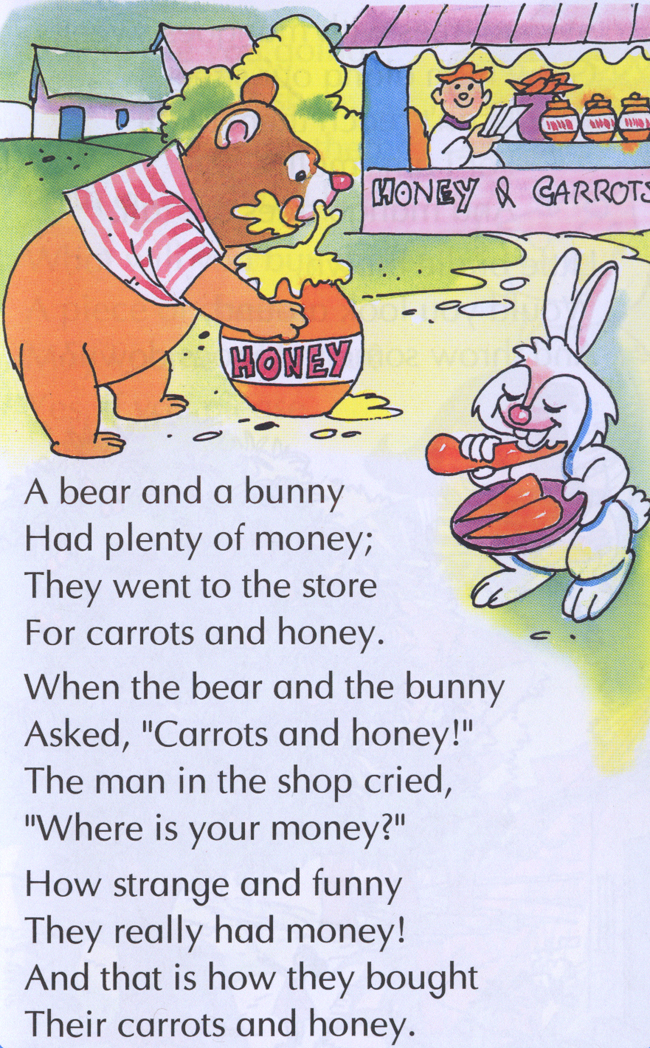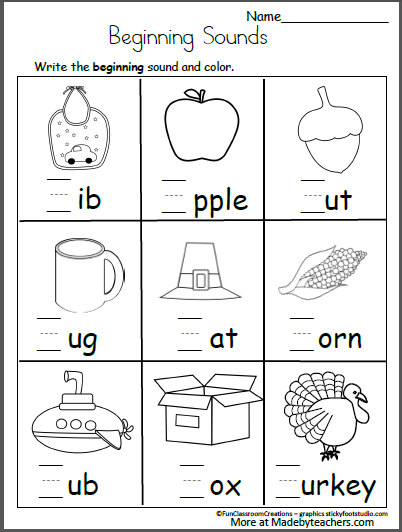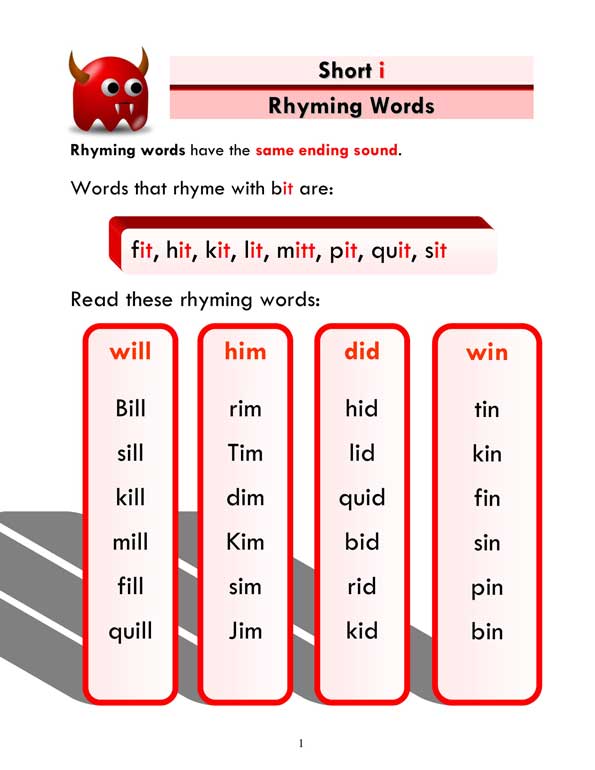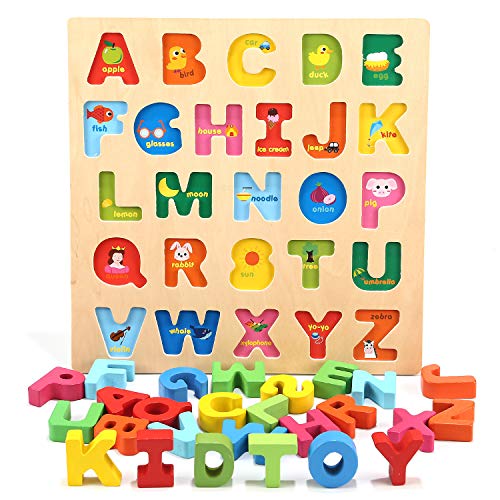Comprehension activity for kindergarten
Comprehension: Activities for Your Kindergartener
Just 15 minutes each day makes a big difference! Reading aloud is a great way to help your kindergartener absorb new words and see how stories are structured. It's also one of the best ways to help children learn about the world and make connections between their own lives and what's in the book — that helps children see the world with empathy. And last but not least, it's a wonderful time to snuggle up with your child and share the experience of reading and discovery together.
Remember that reading together should spark curiosity, joy, and a desire to explore and learn. Conversations about books should be enjoyable, and not a set of quizzes and questions. As you try some of the activities listed below, remember to keep it light and lively for your child.
There are so many great nonfiction and informational books for very young kids (such as the popular DK Eyewitness series and National Geographic series). Try to include some of these during your next trip to the public library. Children love learning about the real world and are proud to share what they know!
Even a walk around the neighborhood or a trip to the grocery store can be a rich learning experience for young children. A child may see an urban bunny for the first time on a walk, and then be able to connect it to stories about rabbits. These personal connections help children connect what they read with what they know — a powerful way to build comprehension skills!
Signs of good reading comprehension in kindergartners
Try these comprehension activities at home
"I predict ..."
When you sit down for a read aloud, look at the book's cover together. Ask, "What do you think this book might be about? Why? Can you make some predictions?" Guide your child through the pages, discuss the pictures, and brainstorm what might happen in the story.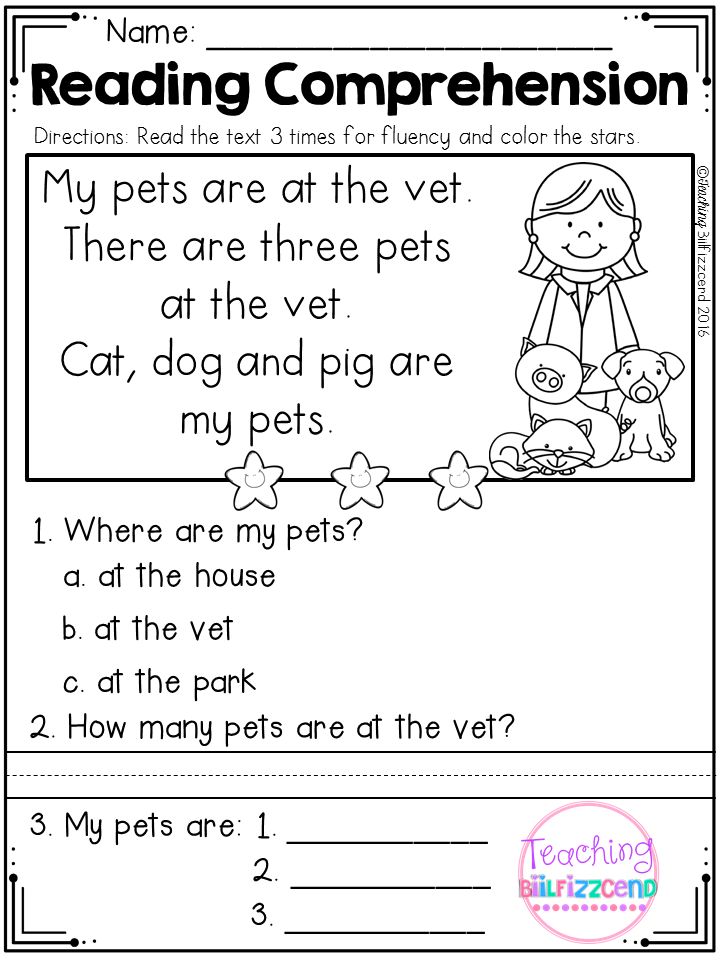 Talk about any personal experiences your child may have that relate to the story.
Talk about any personal experiences your child may have that relate to the story.
Five-finger retell
After reading a story together, have your child tell you five things about the story, using her fingers to talk about each one:
- Characters: who was in the story?
- Setting: where did the story take place?
- Events: what happened in the story?
- End: how did the story end?
- Favorite character or part of the story
Active reading
Model active reading when you read with your child. Talk about what's happening as you're reading. Stop and discuss any interesting or tricky vocabulary words. Help your child make pictures of the story in his mind. Ask your child, "What just happened here? How do you think that character feels? Have you ever felt like that? What do you think will happen next?" Not only will this develop your child’s comprehension, but critical thinking skills as well.
Mind movies
When you come to a descriptive passage in a book, have your child close her eyes and create a mental movie of the scene.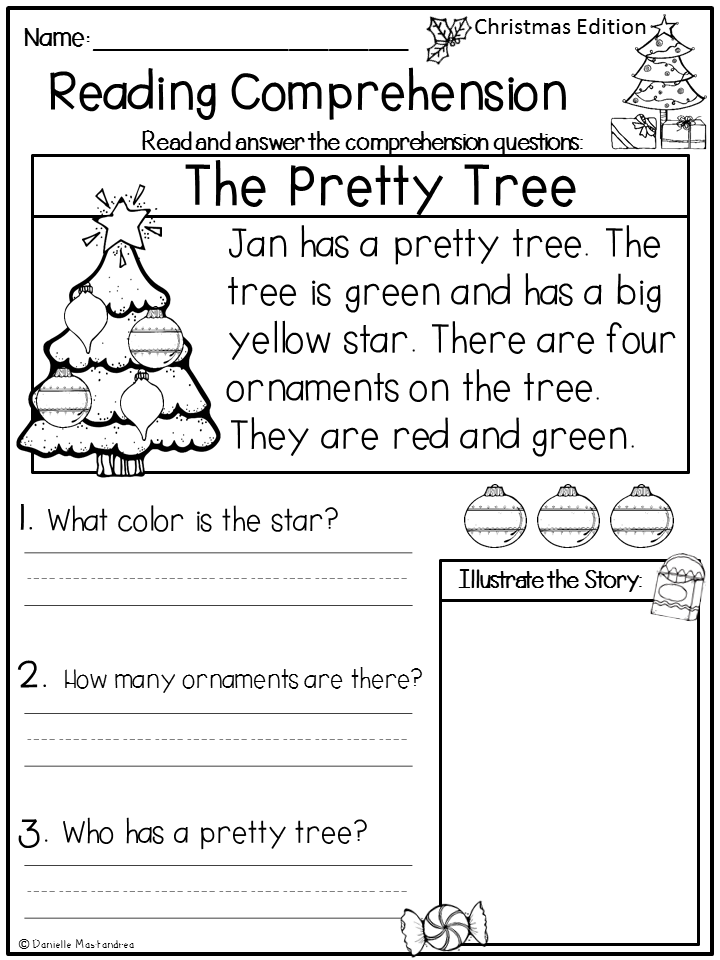 Encourage her to use all five senses. Read the passage over together, looking for details that bring the scene to life. Ask questions like, “How do you know it was a hot day? Which words help you understand that the child was lonely?”
Encourage her to use all five senses. Read the passage over together, looking for details that bring the scene to life. Ask questions like, “How do you know it was a hot day? Which words help you understand that the child was lonely?”
Tell me about it
After a read aloud, one of the best and easiest ways to check for understanding is to ask your child to summarize what the book was about in their own words. You can ask a question or two to help your child clarify her thinking or to add more detail.
Can your child tell you what happened in the story?
This video is from Home Reading Helper, a resource for parents to elevate children’s reading at home provided by Read Charlotte. Find more video, parent activities, printables, and other resources at Home Reading Helper.
Think alouds
Connect the book to your child's own life experience.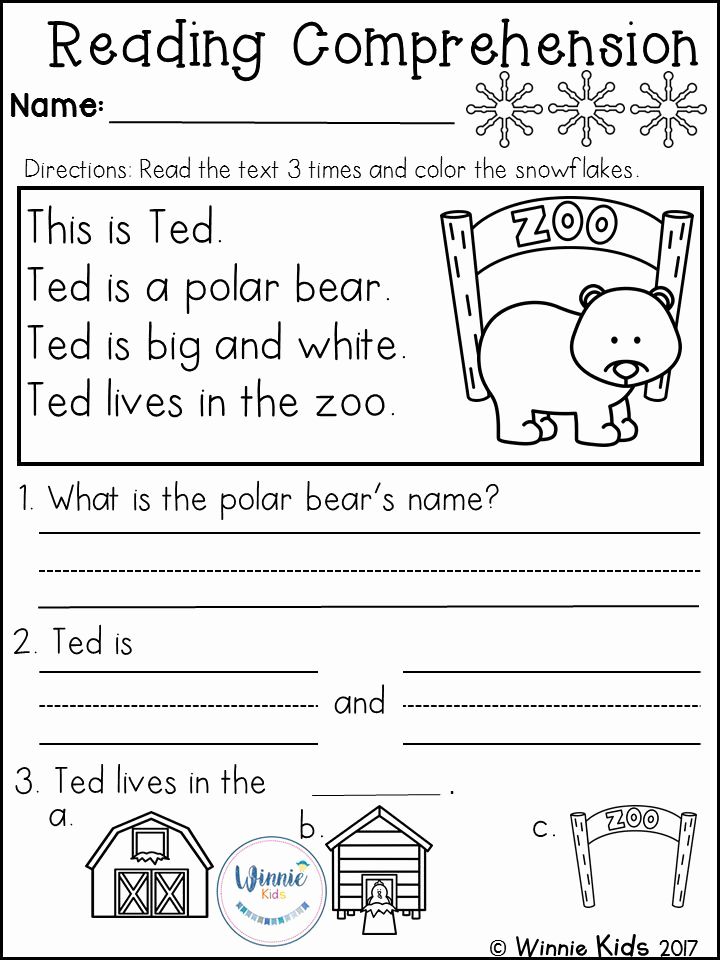 For example, A River Dream: "This book reminds me of the time my father took me fishing. Do you remember the time we went fishing?"
For example, A River Dream: "This book reminds me of the time my father took me fishing. Do you remember the time we went fishing?"
Connect the book to other books they have read. For example, Mufaro's Beautiful Daughters: "This story reminds me of Cinderella. Both stories are about sisters. Do you know any other stories about nice and mean sisters? Let's keep reading to find out other ways the stories are similar."
Connect the book to big ideas/lessons. For example, Stellaluna: "This story helps me understand that we are all the same in many ways, but it's our differences that make us special."
Wordless
Wordless picture books provide your child with practice using clues to create meaning. There are no wrong stories with wordless picture books, only variations based on what the "reader" sees and puts together. Rosie's Walk, Good Dog, Carl, and Beaver Is Lost are all interesting and fun wordless picture books to explore. Find more wordless books on BookFinder.
Find more wordless books on BookFinder.
Family stories
This is a wonderful activity for a family picnic or for a rainy day when you're snuggled together on the couch. Share a favorite story about your childhood or a family story that's been passed down from generation to generation. Use vivid language and details about people, places, and things. Funny or scary will really get your child's attention! Your child will probably have lots of questions, which keeps the storytelling alive. You could also ask your child if she has a favorite family story of her own.
How sharing your stories helps kids with reading
Beginning readers love to hear stories about a parent's childhood! A parent's stories help children learn new vocabulary, story structure, and comprehension. (From GreatSchools)
Map this book!
Draw a map of the book's setting, and be sure to include the places where the main action happens!
Beginning-middle-end
This is a great way to see if your child understands the main parts of a story.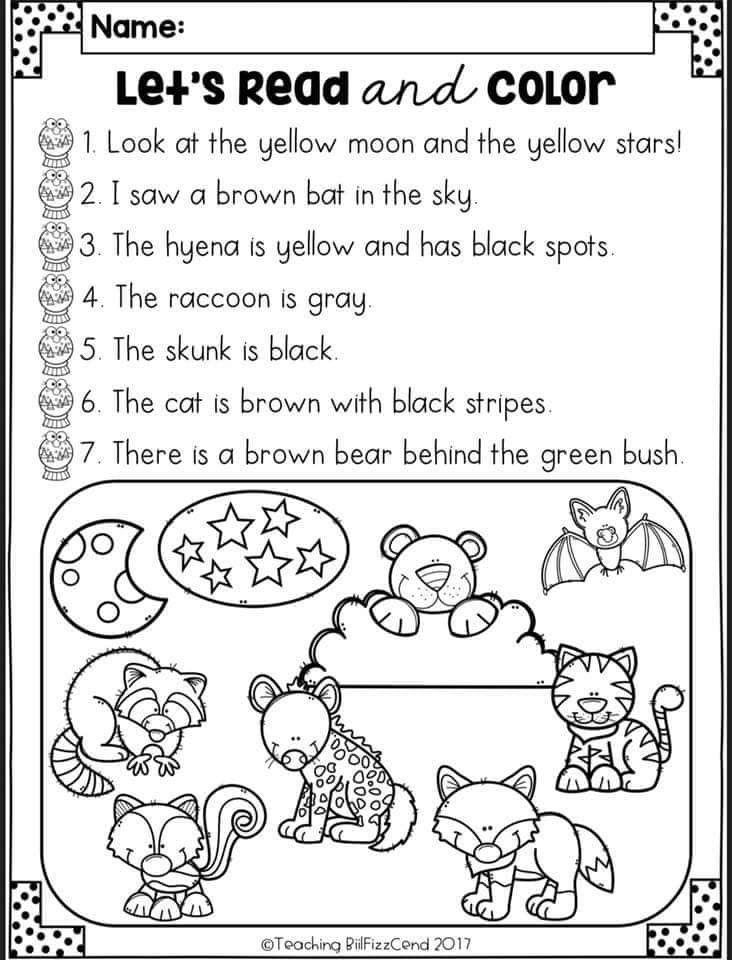 After reading a book together, give your child three sheets of paper, with "beginning" on one sheet, "middle" on the second sheet, and "end" on the third sheet. Ask your child to think about the three parts of the story, and then draw what happened on each on the sheets. Arrange the sheets in order, left to right. What happens if you re-arrange the sheets? Does the story still make sense?
After reading a book together, give your child three sheets of paper, with "beginning" on one sheet, "middle" on the second sheet, and "end" on the third sheet. Ask your child to think about the three parts of the story, and then draw what happened on each on the sheets. Arrange the sheets in order, left to right. What happens if you re-arrange the sheets? Does the story still make sense?
Words, words, words
Be sure to include books with rich vocabulary in your read alouds and call attention to interesting words and phrases from the story. This may include repeated phrases or idioms (such as "get cold feet" or "I'm all ears"). Offer a kid-friendly definition and connect the new word or phrase to something your child already knows.Talk about how the author used language or words to make the text interesting, informative, funny, or sad.
Picture walk
Talk about the book before you read it. Show the cover illustration and ask your child to predict what the book is about.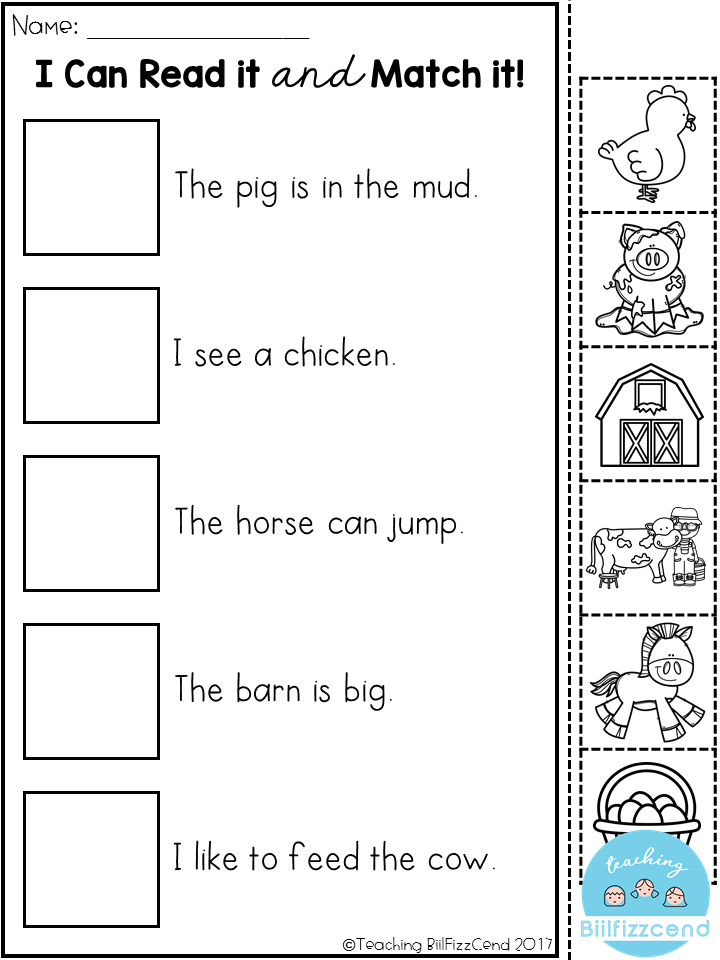 Flip through the book, look closely at the pictures together, and talk about what's on the jacket flaps.
Flip through the book, look closely at the pictures together, and talk about what's on the jacket flaps.
Take a picture walk
This video is from Home Reading Helper, a resource for parents to elevate children’s reading at home provided by Read Charlotte. Find more video, parent activities, printables, and other resources at Home Reading Helper.
Remember when ...?
Connect what your child reads with what happens in life. If reading a book about birds, relate it to birds you've seen on walks in your neighborhood.
Story detectives
As you read with your child, stop and ask questions such as: What’s happening in the picture? Why do you think the puppy is sad? Have you felt that way yourself? Why do you think the spider wanted to help the pig? What do you think is going to happen next? How do you think the story will end? Take turns and let your child to “be the detective” and ask you questions about the book.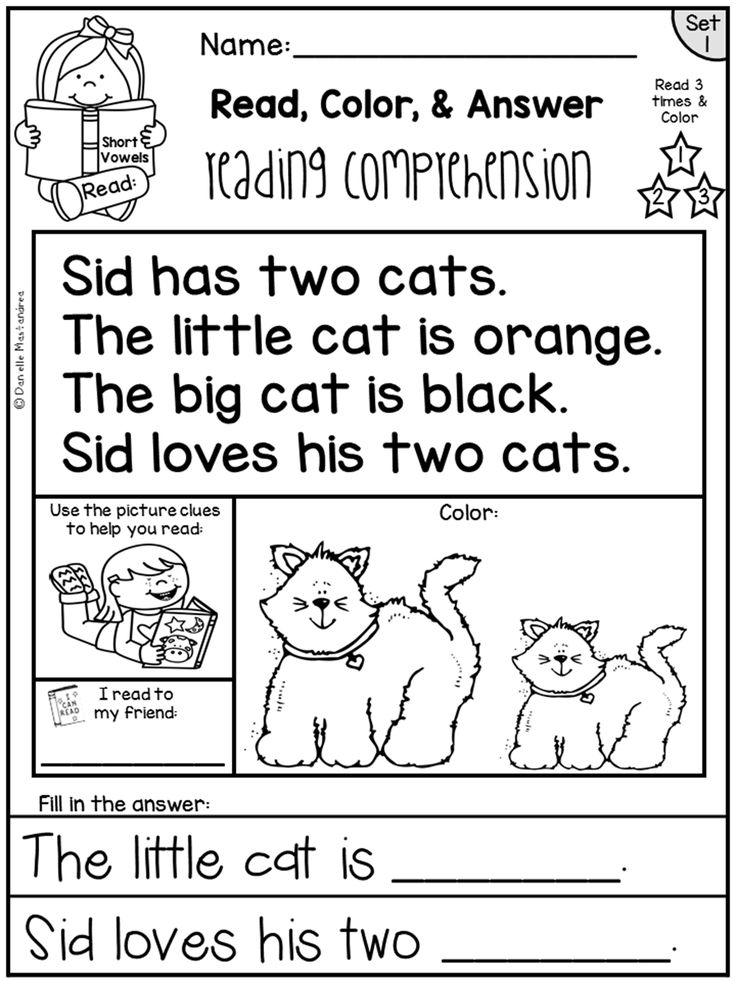 Not only will this develop your child’s comprehension, but critical thinking skills as well.
Not only will this develop your child’s comprehension, but critical thinking skills as well.
Picture the character (Part 1)
Try this activity from the Florida Center for Reading Research (FCRR). The FCRR "At Home" series was developed especially for families! Watch the video and then download the activity: Picture the Character. See all FCRR comprehension activities here.
Picture the character (Part 2)
Try this activity from the Florida Center for Reading Research (FCRR). The FCRR "At Home" series was developed especially for families! Watch the video and then download the activity: Picture the Character. See all FCRR comprehension activities here.
More comprehension resources
11 Free Reading Comprehension Activities For Students
There can be a hundred teachers in a room and ninety-nine of them will have different ideas on how to help with reading comprehension. Some of them might argue that rigorous testing is the best methodology, whilst others will argue that regular pop quizzing is the best way to go. Truth be told, there is no "one" exact way to ensure that your students understand what they are reading. Instead, it's best to adopt a variety of different solutions.
Here is a list of the top 11 reading comprehension activities. You can use them to introduce new reading comprehension techniques, or simply to check your students’ understanding so far. They are all fun, innovative ways to approach reading comprehension and demonstrate your students' skills.
1. Roll & Chat Dice
This fun activity includes lots of comprehension questions to check your kids have effective reading comprehension skills.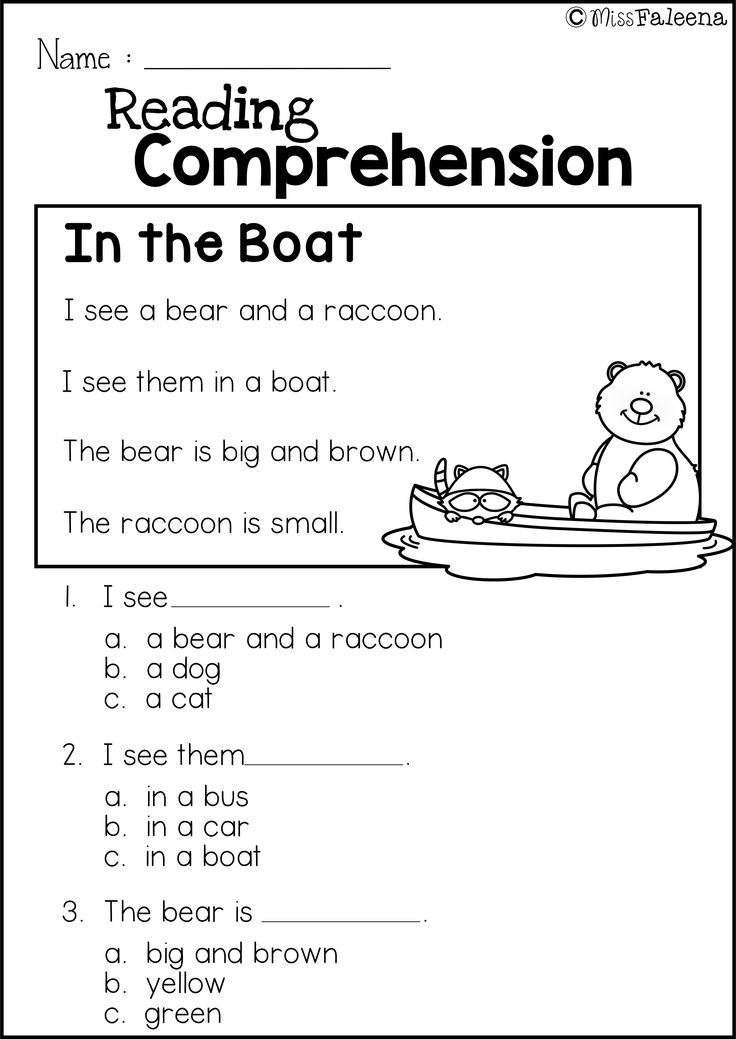 You can adapt and change this for any student, ensuring that they are reading at grade.
You can adapt and change this for any student, ensuring that they are reading at grade.
Learn more: Teachers Pay Teachers
2. WANTED Poster
You can use this activity not only to ensure that your students have basic story understanding but also to demonstrate they know character traits. It can also be applied to a wide variety of texts, too. Try including some questions about characters and story detail for even more teaching of comprehension.
Learn more: Education.com
3. Story Cheeseburger
This is unfortunately not as delicious as it sounds! You can use this activity to check simple reading comprehension of story structure, as well as a more advanced understanding of story aspects. Try displaying this colorful reading comprehension activity to brighten up your classroom, too!
Learn more: Unique Teaching Resources
4.
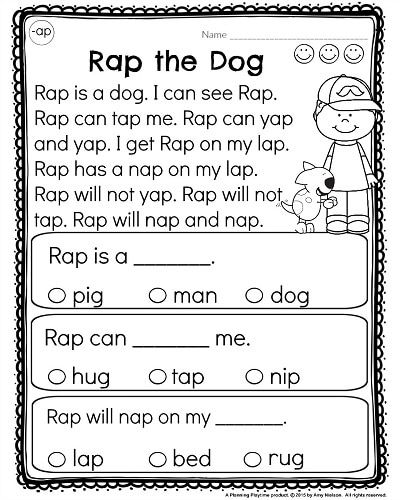 Reading Comprehension Worksheets
Reading Comprehension Worksheets This website has plenty of reading comprehension worksheets that you can print out and use for a reading passage. You can use them to teach reading strategy as part of a typical reading lesson or to have some book talk.
Learn more: K5 Learning
5. Make a Timeline
You can use this research-based teaching strategy for any non-fiction story to help demonstrate reading to knowledge skills. Ask relevant student questions about the topic of study to help expand on their knowledge and sequence events.
Learn more: Education.com
6. Yellow Brick Road Retelling
This is an excellent reading project to get your kids involved in active reading, instead of just being passive. You can use it to talk about many elements of the story and a narrative text. You can differentiate it according to your students' reading skills, from simple story elements like the story title to more developed ideas like meaning during reading.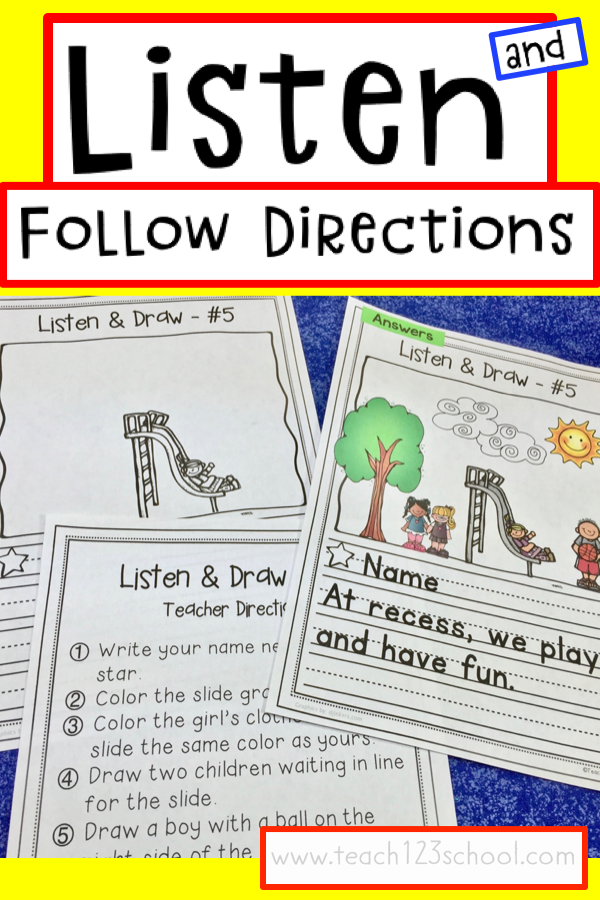
Learn more: Just Cara Carroll
7. Anticipation Guide
This is a perfect pre-reading activity to get your students to understand the reading process in more detail. They will need to make some predictions about the story and share their opinions on some of the ideas that the book presents. You can also return to this guide after reading to demonstrate how their reading comprehension has developed.
Learn more: Reading Rockets
8. Question Ball
You can get really creative with this activity by getting the whole class involved to answer some comprehension topic questions. You can even use it to revise key quotations or as part of a reading selection. Definitely one for student engagement!
Learn more: Coffee Cups and Crayons
9. Lego Retelling
This one is more suitable for a picture book with younger learners, but it can also be used by upper-grade students, too. Your kids will have to use the individual Lego pieces to build key scenes from a text, then explain what they have built.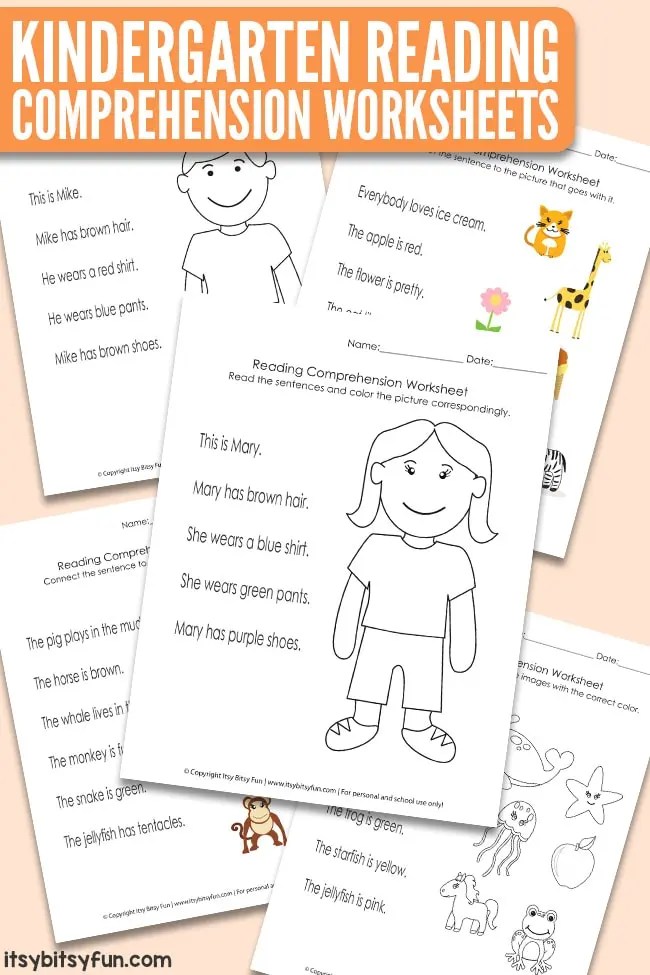 They can write down what they have said, too, to show that they have really understood the text well.
They can write down what they have said, too, to show that they have really understood the text well.
Learn more: The Educators Pin On It
10. Story Telling Bracelet
Another more hands-on activity, the teaching procedure of this involves assigning each color of the bracelet to a particular part of the text. For example, yellow, green, and blue all represent plot events. This is particularly useful to create a sequence of events and make story connections.
Learn more: Growing Book By Book
11. Reading Cheat Sheets
Need to help your students understand critical reading skills? Use these cheat sheets to provide them with expert details and things to keep in mind while they read a text. This includes key skills like looking at the cover, thinking about the content-area text, and other discussion questions to consider during the reading-thinking process.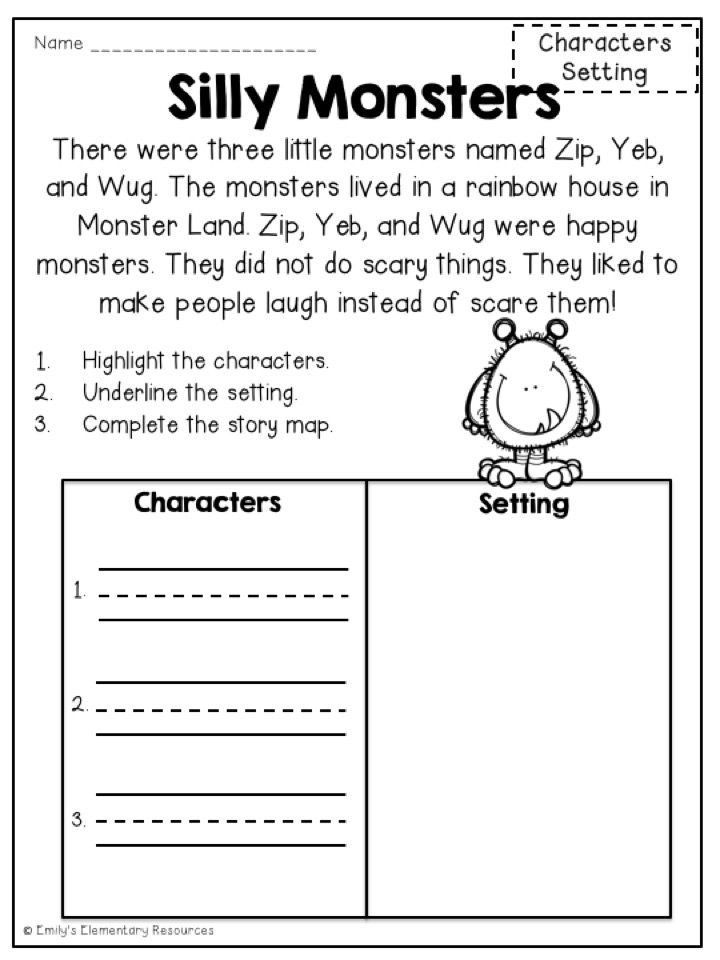
Learn more: Teachers Pay Teachers
These are just a few of the best ways to make reading more accessible for your learners. The majority of these activities can be expanded upon to meet the specific needs of your readers, whether that be sequencing events or providing a detailed analysis of character.
Frequently Asked Questions
What are comprehension activities?
Comprehension activities are activities or games that can be used to help your students to demonstrate what they know about a text. This usually covers but is not limited to, setting, plot, and character. Comprehension activities can be expanded to include other ideas too, like the meaning of the text, and can go beyond the details included within the text, such as in terms of contextual information surrounding the creation of the book.
What is the best way to teach comprehension?
Unfortunately, there is no definitive "best" way to teach comprehension to your kids, as each student is different and will respond to different activities. However, one thing that will definitely work is to make comprehension an enjoyable process. Try using the activities above to help with this and avoid simply completing tests or quizzes, as these will not make your student engaged.
However, one thing that will definitely work is to make comprehension an enjoyable process. Try using the activities above to help with this and avoid simply completing tests or quizzes, as these will not make your student engaged.
How can I improve my comprehension?
Try to go beyond simple ideas of comprehension. Your basic comprehension of a text should include the key events (or plot), the setting (where and when the story happens), and characters (the people or things that the text is about). You should try to expand beyond this by thinking about the meaning of the text. What message was the writer trying to put across? Reading comprehension goes beyond the words on the page - you need to think about the writer's craft, too.
What are the 3 main types of reading strategies?
The key reading strategies that you will likely encounter are scanning, skimming, and detailed reading. Scanning involves looking for specific information in a text, such as a keyword or detail.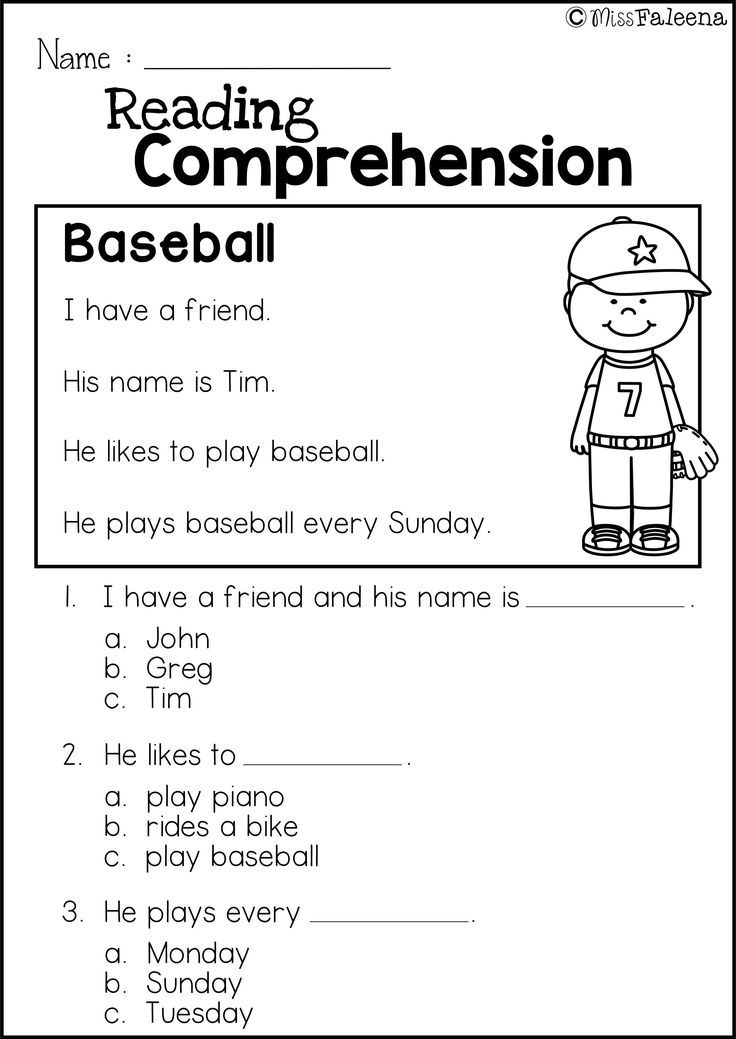 Skimming is slightly more in-depth as it is about understanding the main idea of a text by reading small chunks of the passage. Detailed reading is the slowest reading process but is the one that can help you get the most information from a text. Using this last strategy, your kids will understand approximately 80% of the text. Even so, each of these strategies is vital for teaching your students how to read effectively for information.
Skimming is slightly more in-depth as it is about understanding the main idea of a text by reading small chunks of the passage. Detailed reading is the slowest reading process but is the one that can help you get the most information from a text. Using this last strategy, your kids will understand approximately 80% of the text. Even so, each of these strategies is vital for teaching your students how to read effectively for information.
"Cognitive activity of children of senior preschool age in kindergarten." | Article on the world around (senior group) on the topic:
"Cognitive activity of children of senior preschool age in kindergarten."
"The best discovery is
that the child makes himself"
Ralph W. Emerson.
I have six servants, nimble, daring.
Everything that I see "I" around, I know everything from them ...
call them: how and why, who, what, when and where.
The presence of children's interest in cognitive activities affects the development of cognitive abilities in a child.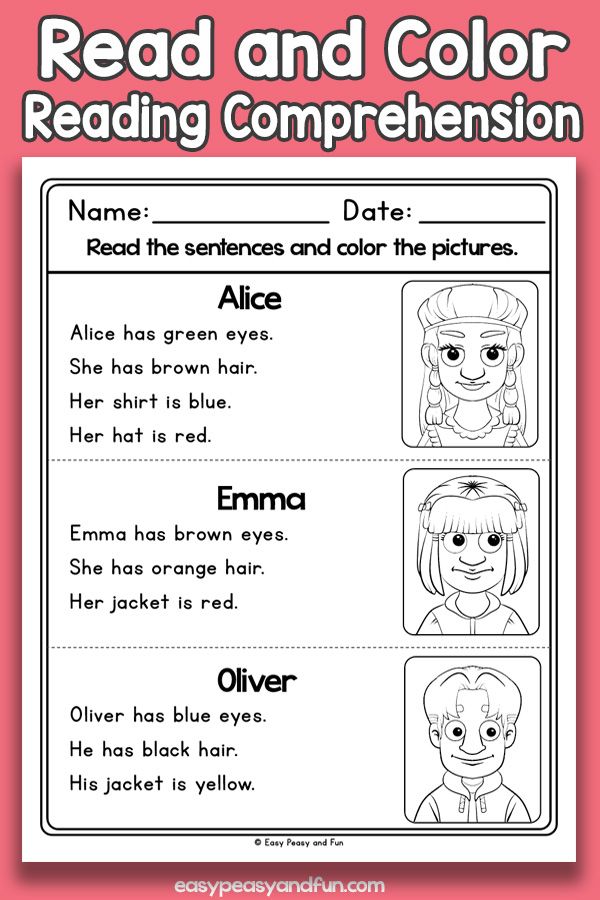 Children's questions should be taken seriously, encouraging them to ask them, kindly explaining what they are asking. Expanding the range of interests of a preschooler, expanding his knowledge of the world, we strengthen his curiosity. The educator creates conditions for children's experimentation and research.
Children's questions should be taken seriously, encouraging them to ask them, kindly explaining what they are asking. Expanding the range of interests of a preschooler, expanding his knowledge of the world, we strengthen his curiosity. The educator creates conditions for children's experimentation and research.
"A concept is developed in a child only as a result of independent action with an object" (Jean Piaget).
Observing in practice the manifestations of various natural patterns, children acquire an interest in discovering them, discovering the common in specific manifestations of reality. A cube from a set of building materials, as a model against which the mass of other objects is compared, can lead children to the concept of a unit of mass. It is expedient to conduct experiments in free time with several interested children, giving them the greatest freedom of action, only slightly directing their research and answering questions that arise along the way. The teacher expands the children's ideas about the environment with the help of fiction, observations and special conversations;
(interest just arises where the child already has some knowledge).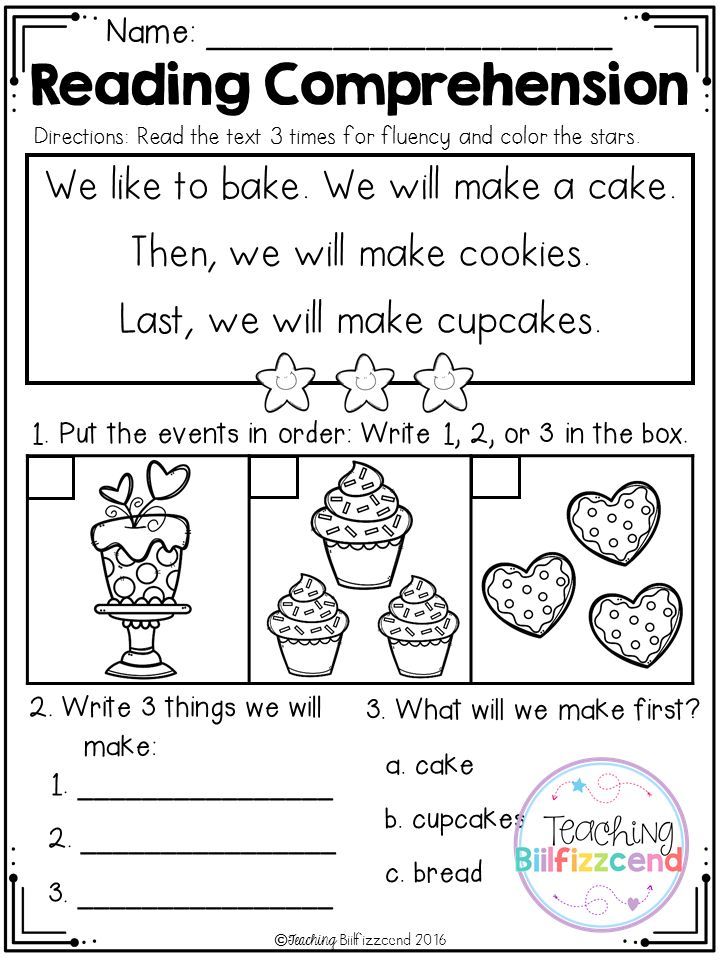 New information about the environment complements the previously known, lying on prepared ground, they are easily included in the child's previously acquired experience of cognitive activity, complement it, expanding ideas about various areas of the surrounding reality, and stimulate a cognitive attitude towards it.
New information about the environment complements the previously known, lying on prepared ground, they are easily included in the child's previously acquired experience of cognitive activity, complement it, expanding ideas about various areas of the surrounding reality, and stimulate a cognitive attitude towards it.
I hear and I forget.
I see and remember.
I do and I comprehend.
(Confucius)
Conducted with children experiments, experiments and research, one of the possibilities of manifestation of cognitive interest. The main goal of their implementation is to master the means and methods of mental activity. The developmental effect of classes can be much wider if, as a result, children have an interest, a need for cognitive activity.
Speaking about the mental development of a child, we mean the development of his cognitive abilities, the mastery of children by various means of solving cognitive problems. Development occurs only in those cases when the task for this child turns out to be cognitive and is successfully solved by him.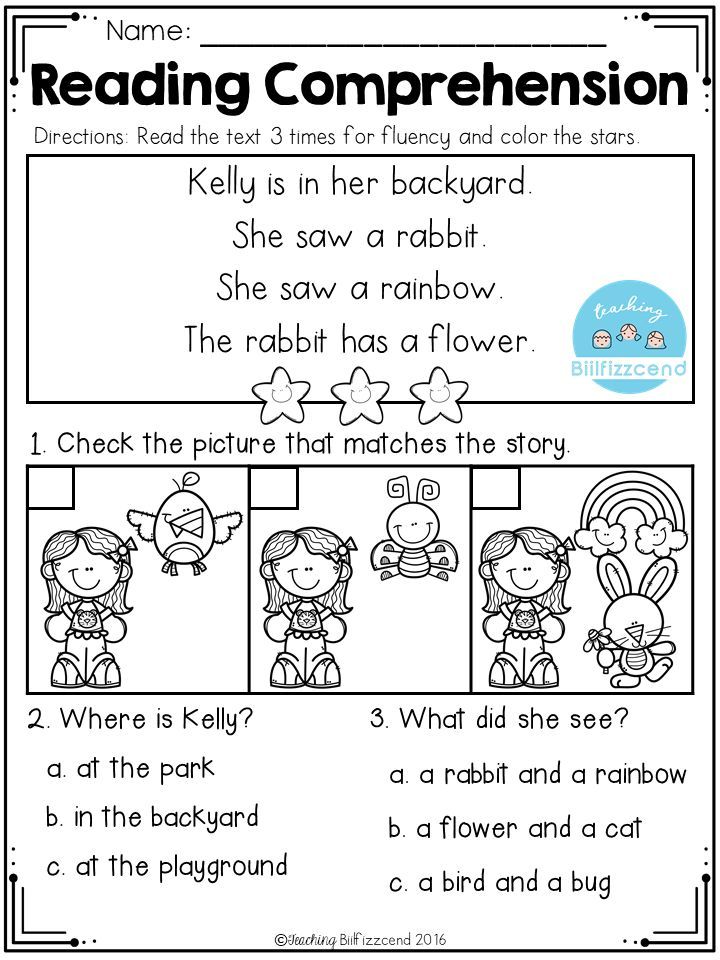 The ease and difficulty of the decision process itself, show a positive and negative attitude towards this process. Cognitive activity - emotional experience of various cognitive situations, solving cognitive problems. The need for a positive attitude of the child to the cognitive task is a condition for the development of his cognitive interests.
The ease and difficulty of the decision process itself, show a positive and negative attitude towards this process. Cognitive activity - emotional experience of various cognitive situations, solving cognitive problems. The need for a positive attitude of the child to the cognitive task is a condition for the development of his cognitive interests.
“The MIND, HEART and HANDS of the child should be involved in the learning process.
(Pestalozzi)
The teacher, setting himself the purpose of the development of cognitive motivation and cognitive interests in children, should create a situation that includes cognitive task. Create conditions for a positive emotional attitude towards her. A cognitive task can be given in three main forms so that it has a certain meaning for the child.
1) The role-playing game, as the leading activity of preschoolers, invariably evokes an emotional response from children. (A game situation - buying a certain number of buttons in a store - dictates to the child the performance of certain game actions that coincide with actions to master the means of solving a cognitive problem - the use of substitutes to indicate the number of objects).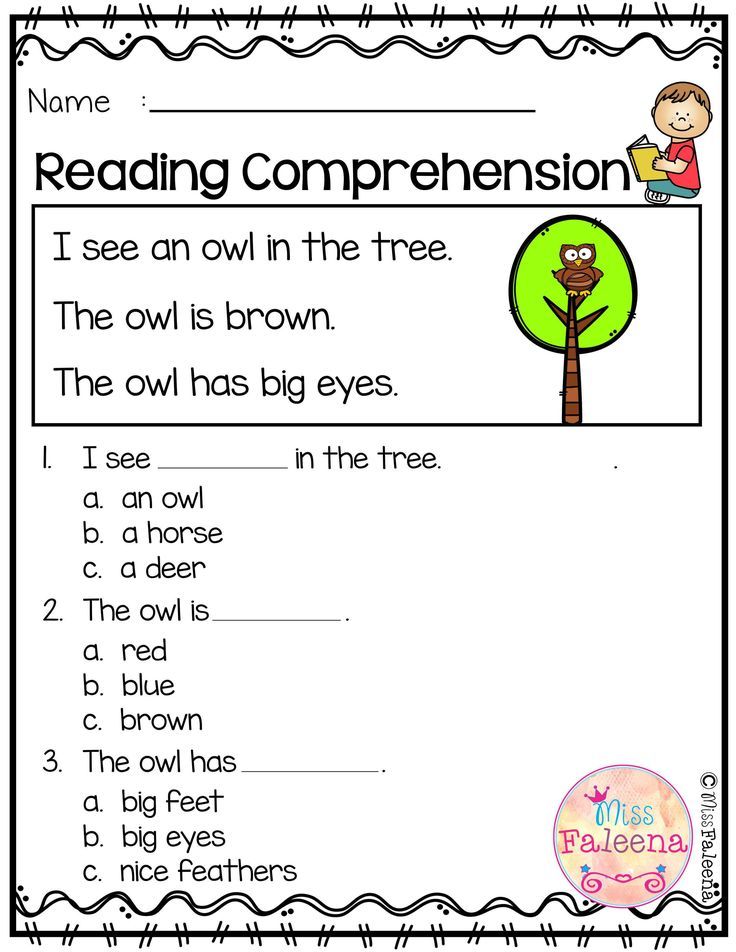
The game retains its importance throughout the entire preschool age, remains one of the main forms in which cognitive tasks are offered to children. At older preschool age, new forms may come to the fore: children no longer need external detailed actions to play, it is enough to designate roles. Game actions are performed "as if". When conducting developmental classes, it is enough to use game characters. A child can show his attitude to the situation of solving cognitive problems, comprehend it in a certain way, when a plot-role-playing game is not played out, but only a game motivation of activity is created that requires the solution of a cognitive task. The toys used will perform the task together with the children or for them (children's hands), listen to the children's answers, give them tasks. Such symbolic designations of the game situation are also used at younger ages, but at older ages they occupy a large place.
2) The possibility of emotional experience of situations of cognitive tasks is opened by designating them with various symbolic means.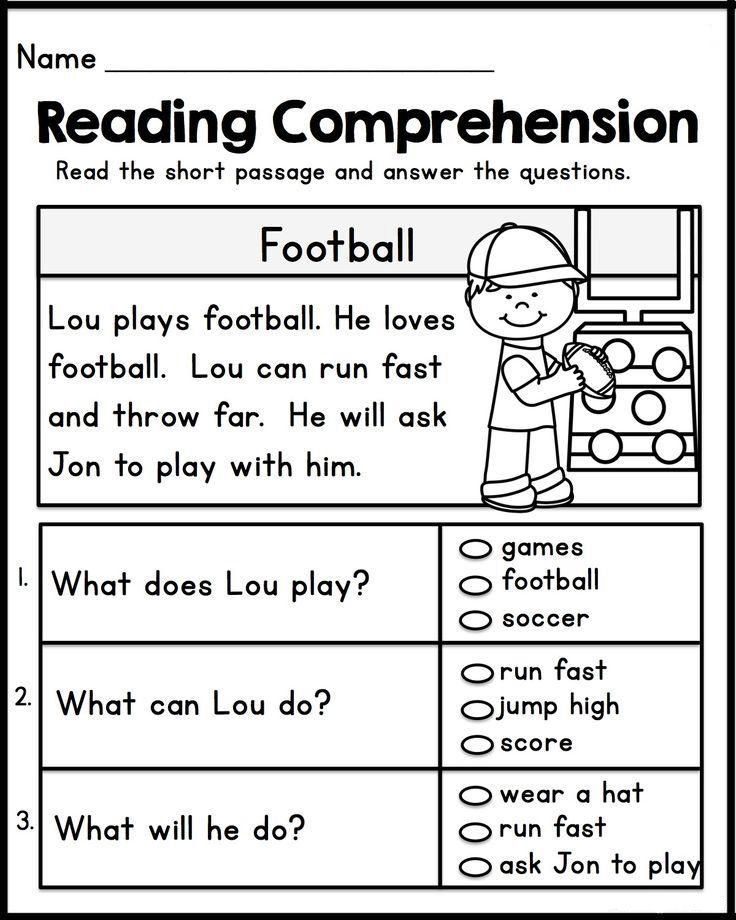 Symbols, having significant emotional richness, make it possible to fully engage in the situation, express one's attitude towards it, being one of the forms of its comprehension.
Symbols, having significant emotional richness, make it possible to fully engage in the situation, express one's attitude towards it, being one of the forms of its comprehension.
The emotional attitude to the situation is connected with the cognitive task not directly, but through an imaginary situation that arises as a result of a game or symbolic designation.
3) Problem situations, riddle tasks, contribute to the development of cognitive activity. Finding themselves in a situation that requires the use of new methods to solve a problem, children begin to experience emotions of dissatisfaction from the contradiction that has arisen and direct themselves to find a solution. However, children begin to prefer this form of education in the preparatory group. The task of the educator when using any form of developmental activities is to highlight the moment of finding a solution, to positively evaluate the overcoming of difficulties in the process of solving; enrich cognitive interest with information directly perceived by reality.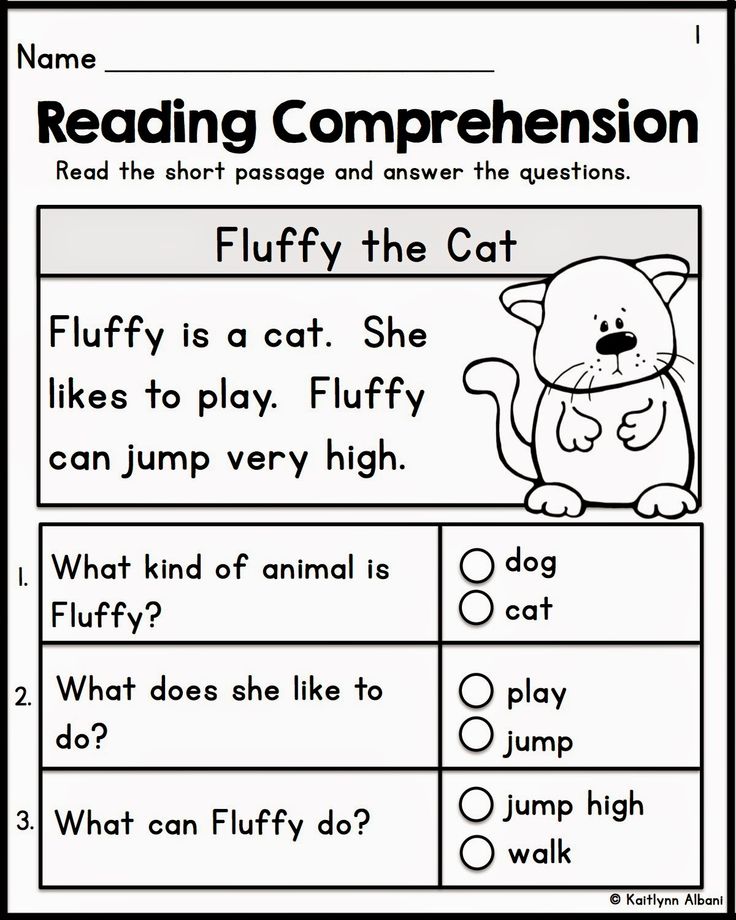
Emotional and sensory experience in the process of direct interaction with objects, phenomena, with other people; helps to bring information about the world into the system, to form an idea of its integrity; creates conditions that allow one to express one's attitude to the world. Contributes to the manifestation of independent cognitive activity; creates conditions for the development of cognitive processes in various activities. Only communication with adults and specially organized joint activities: "adult + child" are the main sources of development of the personality of a preschool child, his cognitive activity and activity. Only then, interest in knowledge and the joy of discovery can become constant companions of a child's life.
Wishes to colleagues:
- For the development of curiosity and cognitive activity of a preschooler,
Widely use walks in nature.
2. Encourage your child to think independently by answering
with a counter-question: “What do YOU think?”
3.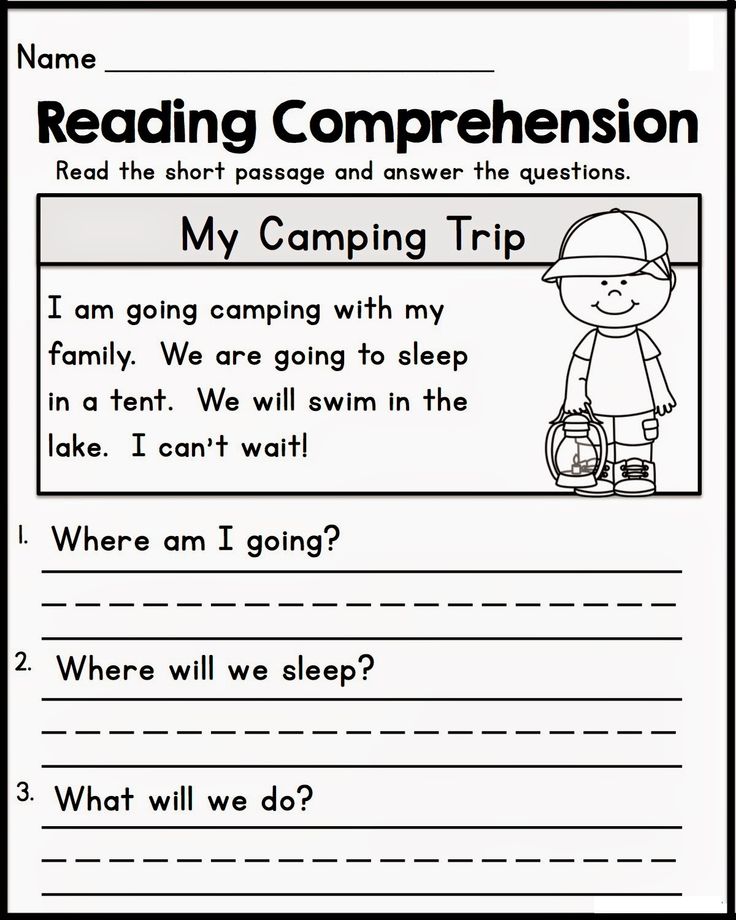 Stimulate your child's curiosity by encouraging him to ask non-standard "why" questions.
Stimulate your child's curiosity by encouraging him to ask non-standard "why" questions.
4. Use riddles when communicating with children. Create your own with them.
. . . List of used literature:
.
2. Preschool education magazine, No. 1, 2007. 3. O.V. Dybina "Man-made world" (scenarios for games-activities for preschoolers).
4. L.N. Galiguzova, E.O. Smirnova "Steps of communication: from one to seven years".
5. L.A. Wenger “Development of cognitive abilities in the process of preschool education”.
Resource ID #3728
Cognitive activity of preschoolers: Development and features
Content
- 1 How cognitive activity is manifested in preschool age
- 2 Methods and techniques of cognition
- 2.1 Experimentation
- 2.2 Search activities actions and technologies
- 3 Stages of development of cognitive research activities of preschoolers
- 4 Stimulating the need for cognition in preschoolers
Cognitive activity of preschoolers is aimed at comprehending everything that is still unknown to them.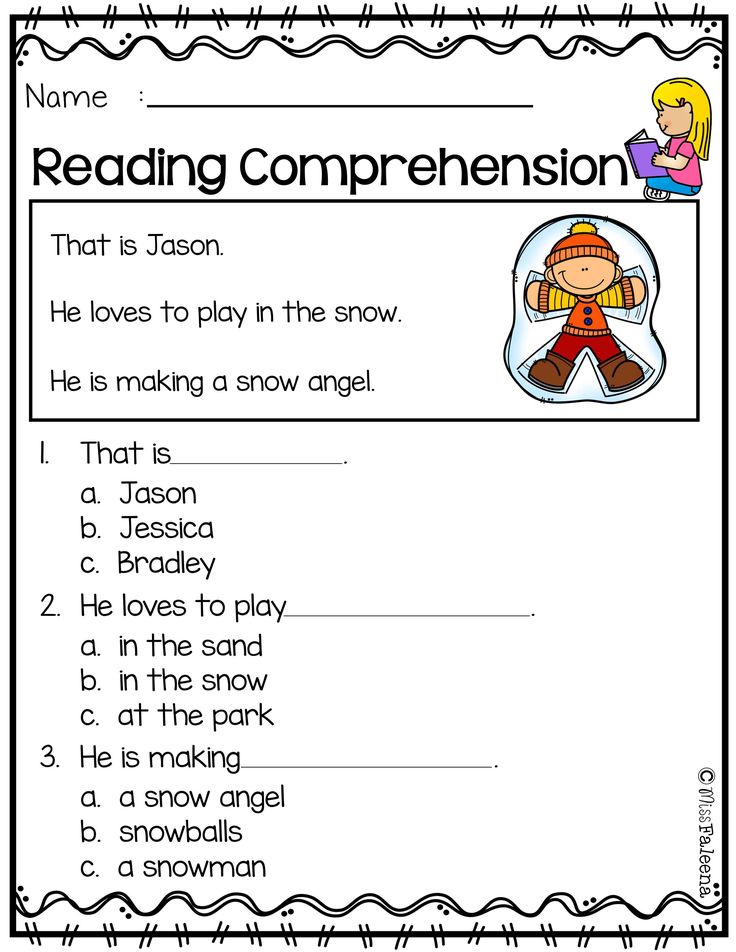 Much of what surrounds people in childhood seems incomprehensible and mysterious. Children with high cognitive activity do not wait for adults to explain everything to them in detail. They are taking steps to make their own discoveries and expand their understanding of the world.
Much of what surrounds people in childhood seems incomprehensible and mysterious. Children with high cognitive activity do not wait for adults to explain everything to them in detail. They are taking steps to make their own discoveries and expand their understanding of the world.
How cognitive activity is manifested in preschool age
The child's body naturally strives for activity and action. Already in the early years, an orienting reflex is manifested, which consists in the desire to find out “What is it?”. A need is formed to understand and “appropriate knowledge” (as psychological science formulates).
In the future, the cognitive attitude to the world around develops. The preschooler is interested in causal relationships. Numerous questions arise about the patterns of natural phenomena, about surrounding objects, about technical devices, about people's relationships.
The main mechanism for the development of cognitive activity of preschool children is perception.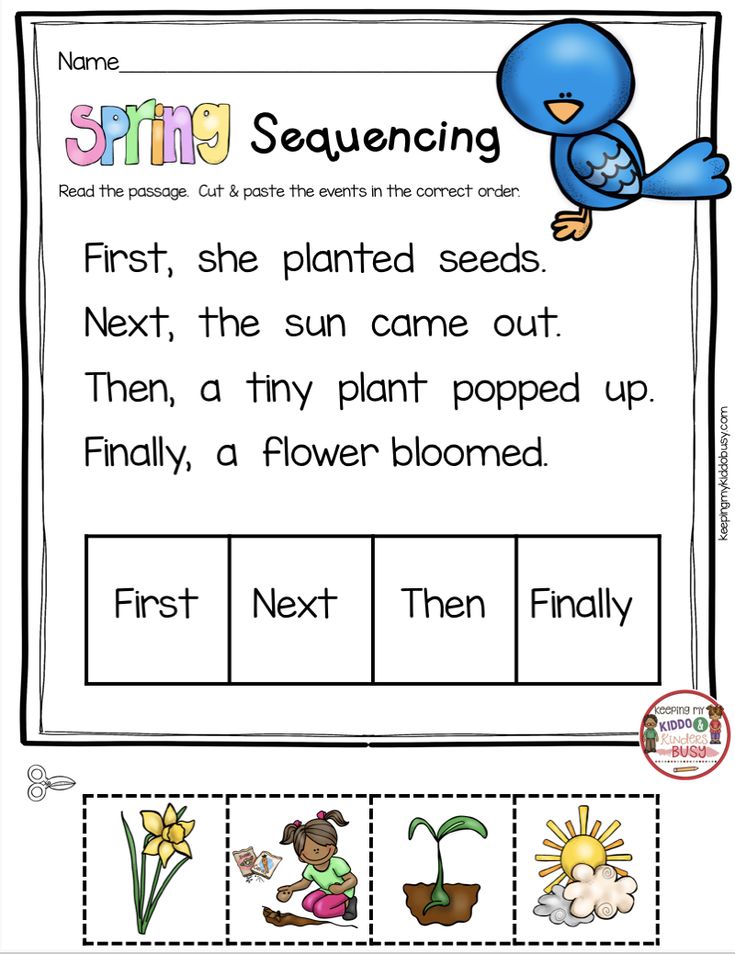 This process becomes meaningful, intellectual. Perception turns into a cognitive activity with specific goals and methods for obtaining results.
This process becomes meaningful, intellectual. Perception turns into a cognitive activity with specific goals and methods for obtaining results.
A preschooler wants to understand how a mechanical toy works. He is interested in how a sprout appears from a seed. The child seeks to independently check how many oranges are required for one glass of juice. To get answers to such questions, children act.
Cognitive research activity develops intellectual feelings. The child experiences joy from the fact that it was possible to understand the question so puzzling him, surprise at learning a new one, amazement at an unexpected discovery, excitement in an effort to solve a problem.
Methods and techniques of cognition
The craving for cognition organizes the child. Cognitive interest, the need to learn something requires setting a goal and subordinating your actions to it. You need to show organization, perseverance, independence and initiative. The development of cognitive processes acquires the most important quality - arbitrariness.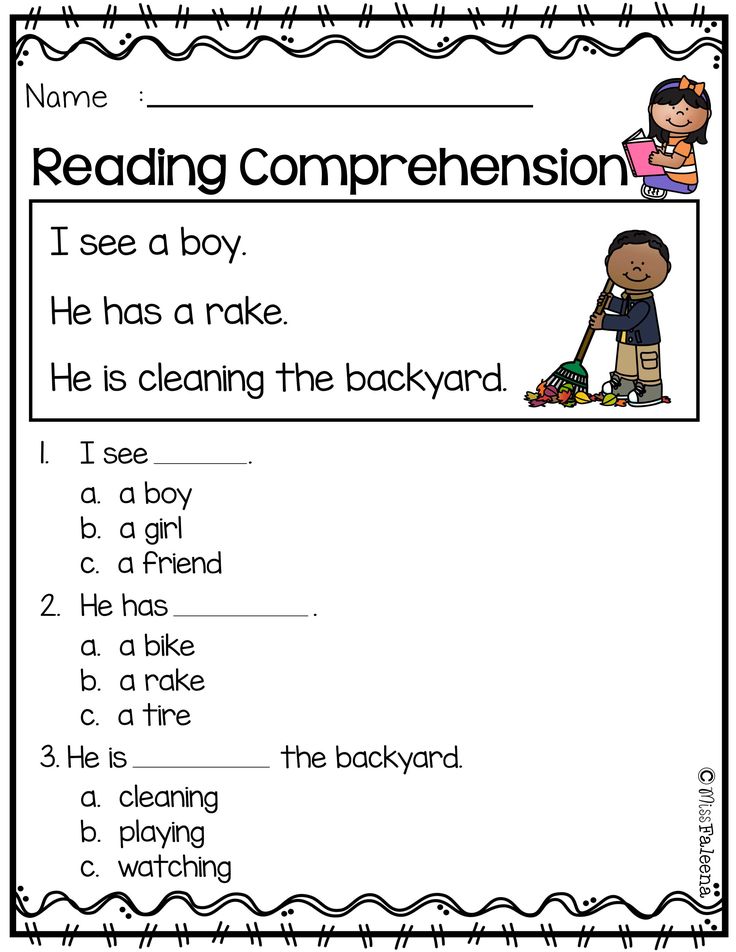
Activities aimed at discovering and gaining knowledge are associated with the arbitrariness of mental processes.
Cognitive communication with adults gives a preschooler a lot. Inquisitive kids pour in questions. This is the easiest way to expand your awareness. In communication with an adult, cognitive tasks are solved, but this method of obtaining ready-made knowledge does not give the awareness that the child needs. Therefore, preschoolers are looking for other ways to get information.
Experimentation
This form of cognitive activity is aimed at obtaining characteristics and qualities of an object or phenomenon that are inaccessible to direct perception. The idea to literally “get” knowledge belongs to the child himself. He independently, without the participation of an adult, sets himself a task and finds the means to solve it.
Children's experimentation is extremely flexible. The preschooler tests the most incredible assumptions and uses unusual ways in his experience.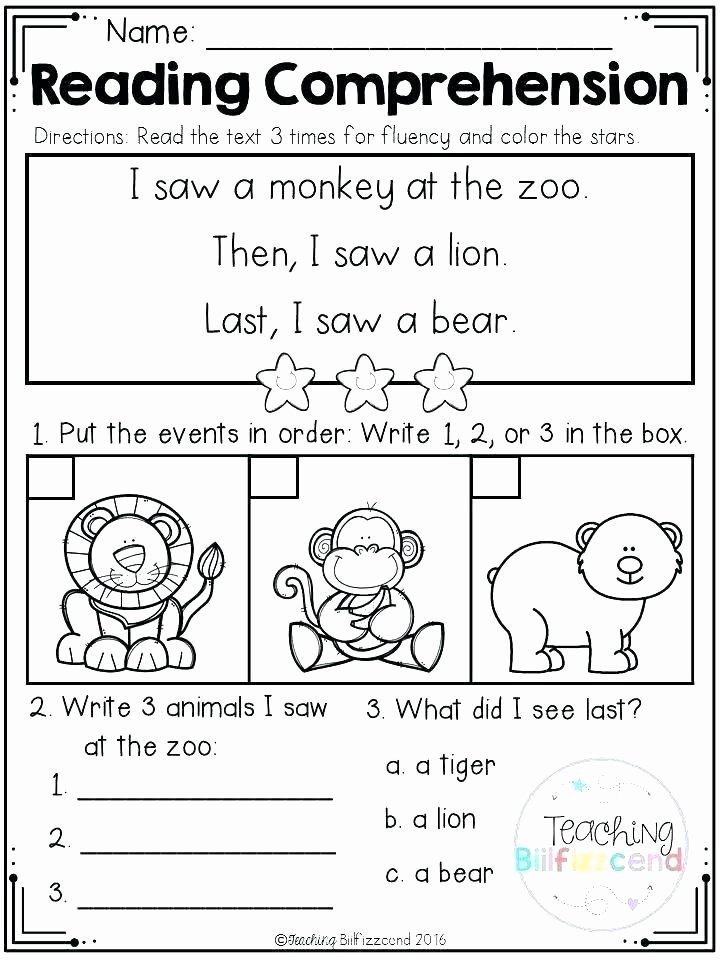
Can a shoe float, is it possible to eat soup with a fork, as mother's lipstick draws - such questions do not tolerate dry answers. Children prefer to get answers to such questions on their own with the help of an experiment.
Trials are inevitable in experimentation. It didn't work out that way, you need to check otherwise. A preschooler in this respect acts much more correctly than an adult. He is not afraid to make mistakes, but repeats his experiment, drawing conclusions and changing the conditions. “The shoe has sunk, the leaf is floating. How about the slippers?"
When conducting independent experiments, children learn to make assumptions and original judgments, analyze the relationship between cause and effect, and develop logical thinking.
Search and research activity
When a question becomes a means of independent cognition, research activity of preschoolers is activated. Six-year-old children, reading and considering various children's encyclopedias or observing various phenomena of life, formulate search questions.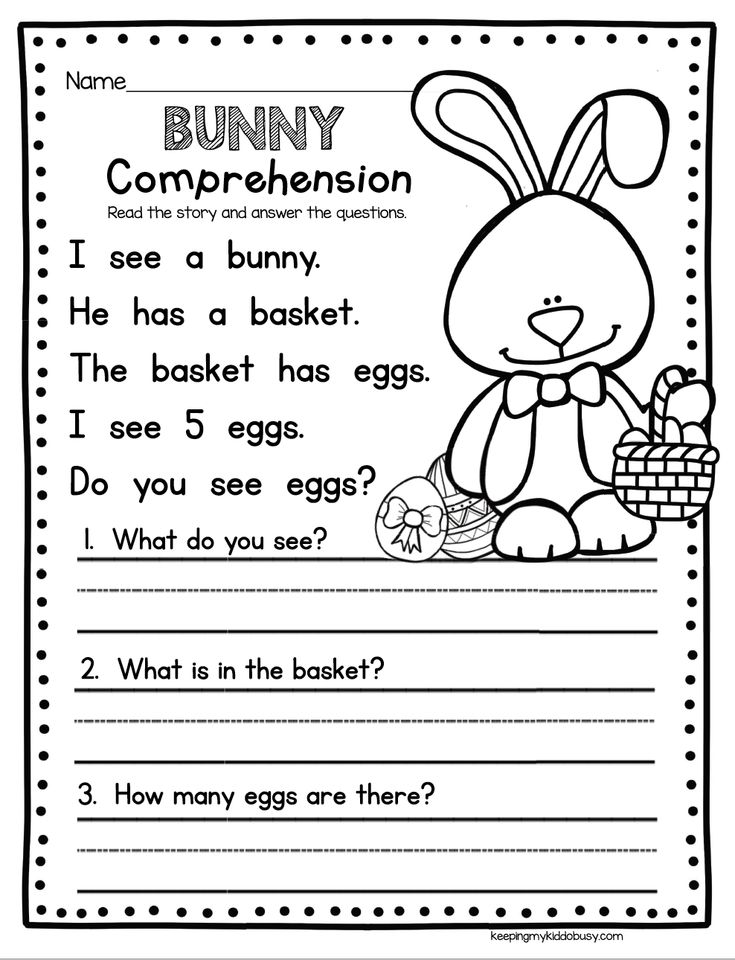 And they are actively involved in the search for answers. If a child attends a kindergarten, his opportunities expand, since the independent activity of children in a preschool educational institution is encouraged.
And they are actively involved in the search for answers. If a child attends a kindergarten, his opportunities expand, since the independent activity of children in a preschool educational institution is encouraged.
Exploratory research activity is well structured and consists of several steps:
- hypothesis formulation;
- choice of means for receiving a response;
- actual action;
- correlation of the result with a hypothetical assumption;
- final conclusion.
For example, puzzled by the question of whether dinosaurs could exist at the present time, a preschooler begins to find out at what time they lived on our planet, what they ate, why they disappeared. He puts forward his hypotheses regarding existence in modern conditions, looking for arguments for and against.
Game activities and technologies
Since a preschooler spends most of his time in the game, cognitive activity permeates game plots and actions.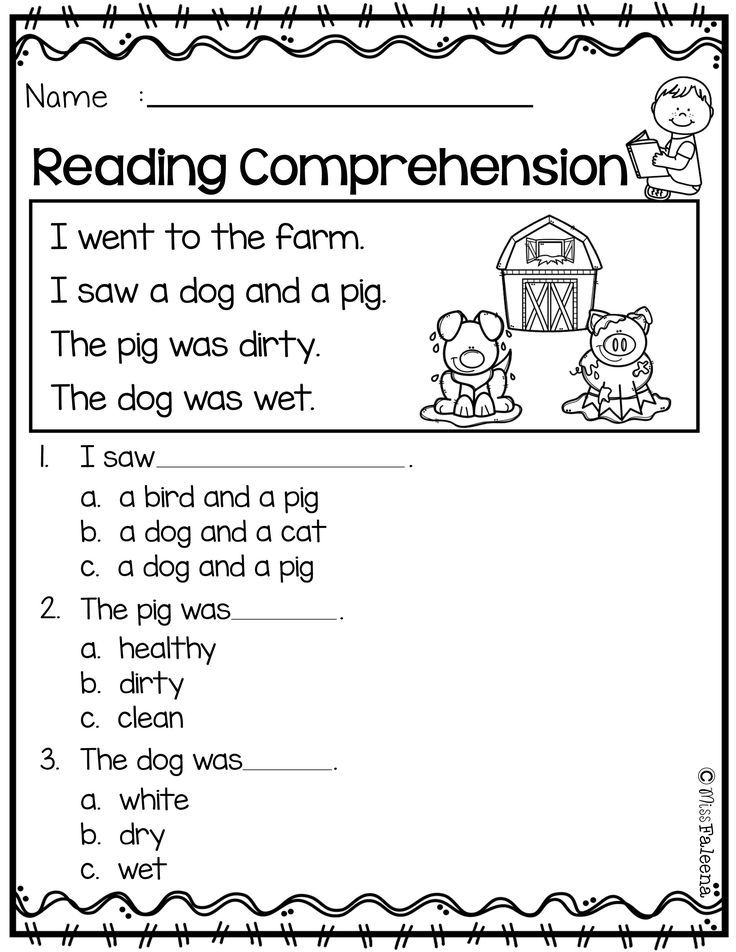 The game acts as a visual model of relations in society and gives a lot of information to the child.
The game acts as a visual model of relations in society and gives a lot of information to the child.
On the one hand, the preschooler acquires important knowledge by performing various roles. But on the other hand, games are often created as an illustration of the cognitive process.
Children are interested in weighing with weights, they include this element in their story. They mastered the action of a compass - they draw circles for a new game.
At present, many knowledge systems intended for preschoolers are presented in the form of play technologies. Such a presentation is understandable and familiar to the child, and has established itself as an effective educational and cognitive activity of preschoolers.
Stages of development of cognitive research activity of preschool children
Let's try to identify the stages of how cognitive research activity is formed in preschool children. Obviously, the propensity to survey and experiment for the sake of acquiring knowledge does not appear overnight, but develops gradually.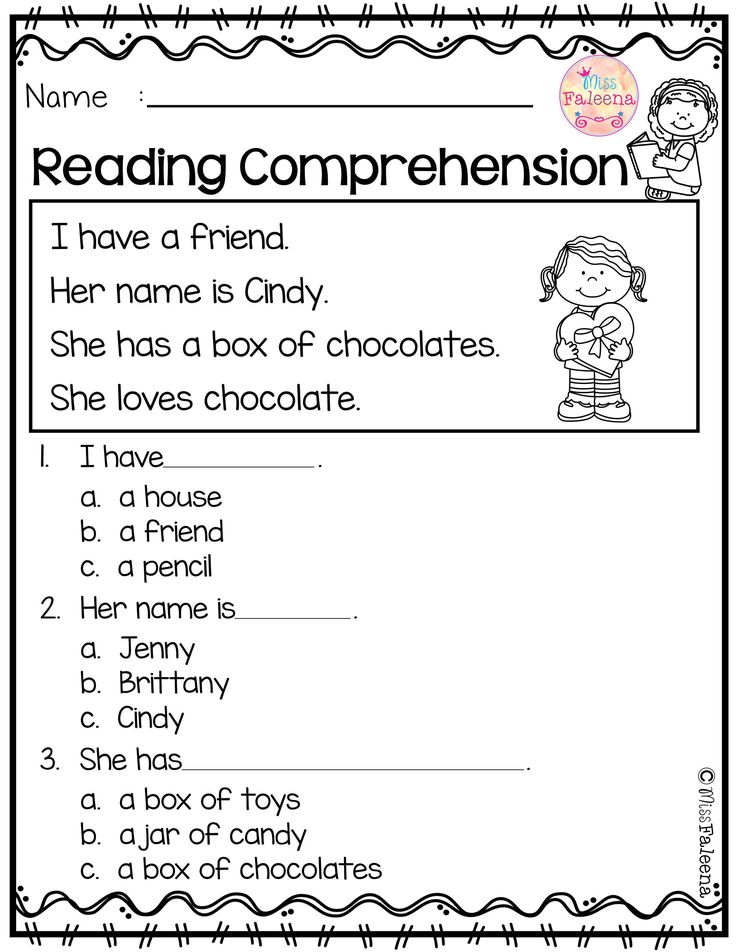
- The first attempts at purposeful research activity appear in 3-year-old children. By this age, the child already manages to hold the goal, and not just manipulate objects. For example, do not pour sand with a scoop into a bucket for the sake of the action itself, but fill it to the top and pour it somewhere else. If for some reason the actions are unsuccessful, then the baby does not abandon his idea and persistently repeats.
- The next stage is connected with the formation of the ability to examine objects more carefully. Attentive examination, highlighting the constituent details, attention to shape and size make it possible for a 3-4 year old child to notice something new, to discover unexpectedly important properties and connections. For example, a preschooler used to see a ladybug only in a picture, but on a walk he noticed an insect on the grass. The kid examines the bright insect with interest, watches how it moves along the leaf ... But then the ladybug opens its wings and takes off, which incredibly surprises the young researcher.
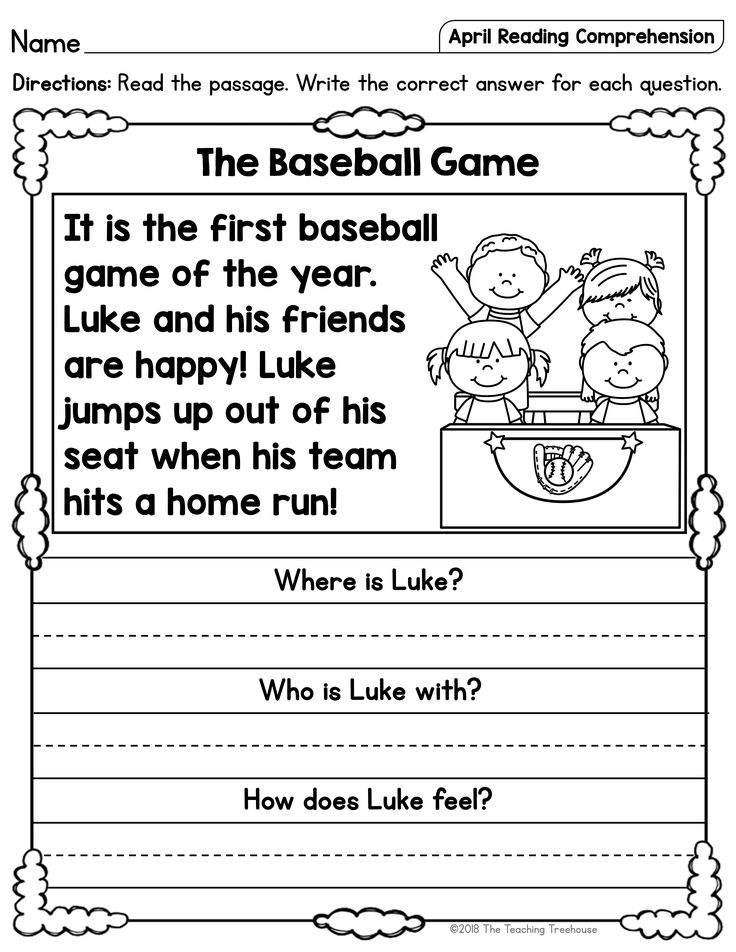 There was a real discovery for the baby, and new knowledge was firmly entrenched in his mind.
There was a real discovery for the baby, and new knowledge was firmly entrenched in his mind. - At 4-5 years of age, cognitive activity is not limited to simple actions, observation and questions, but is supplemented by experimentation, which is preceded by a simple analysis. The main motive is to gain new knowledge, and for this you need to consciously set a goal, complete a cognitive task, and even correlate the result with intentions. The information obtained in an independent experiment is only supposedly true. The child feels this, so he tries to find confirmation in the answers of the adult.
- The highest level is represented by actual cognitive research activity at the senior preschool age. The main characteristics of this stage: the child masters a specific and precise statement of the question that requires clarification, and also formulates hypotheses, what kind of answer is possible. He is able to offer new ideas to solve the problem.
Stimulation of the need for cognition in preschoolers
All activities at preschool age need sensitive support from parents and educators.